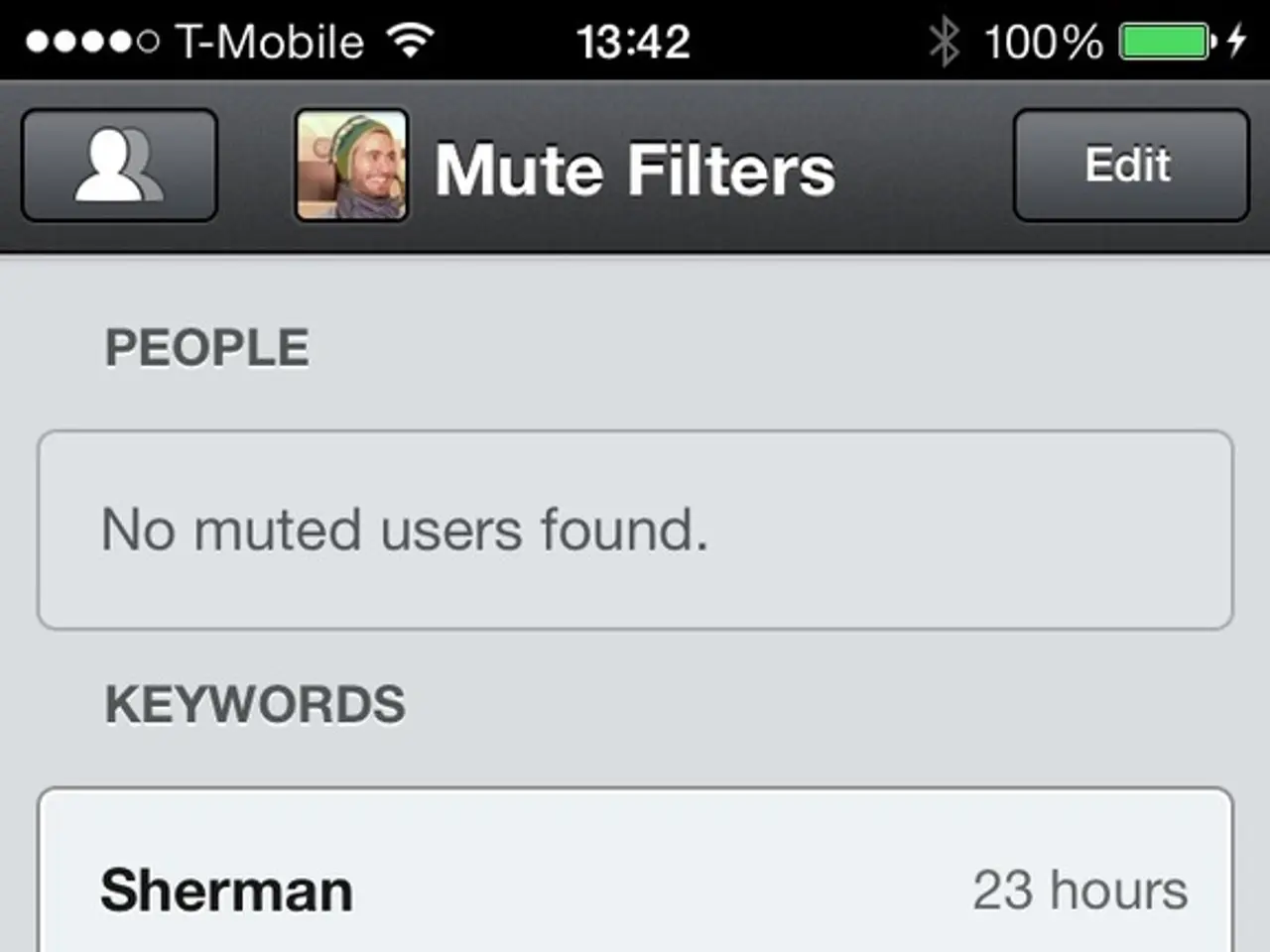Unraveling Mobile Broadcasting's Terrain
In the realm of mobile technology, two promising advancements are making waves: ATSC 3.0 and 5G Broadcast. These technologies are set to revolutionise the way broadcast content is delivered, particularly on mobile devices.
ATSC 3.0: The Current Front-Runner
Currently undergoing a mandated transition phase in the United States, ATSC 3.0, also known as NextGen TV, is making significant strides. By 2028, full-power stations in the top 55 markets will fully switch to ATSC 3.0 and discontinue ATSC 1.0 simulcasting. The rest of the markets are expected to follow suit by 2030, marking the end of ATSC 1.0 transmission altogether. New TVs will likely be required to include ATSC 3.0 tuners to ensure consumer access to broadcast programming [1].
Technologically, ATSC 3.0 supports new features such as the use of an analog audio subcarrier alongside digital broadcasts, a feature that has been allowed under special temporary authority by the FCC since 2021. This feature is grandfathered for existing stations using it but will not be extended to new licenses [2].
The transition to ATSC 3.0 is not just about improved video and audio quality but also about creating a more interactive and data-driven broadcast ecosystem. Strategic collaborations with device manufacturers are ongoing to ensure new TVs and mobile devices support ATSC 3.0 features [3].
Moreover, industry developments indicate a focus on optimising ATSC 3.0 transmissions for mobile environments. For example, Sinclair Broadcast Group is transitioning several stations to use the MMT (MPEG Media Transport) protocol, which is better suited for mobile reception in cars and cell phones compared to older protocols [4].
5G Broadcast: A Promising Contender
5G Broadcast, on the other hand, offers an alternative or complementary mobile broadcast delivery method over cellular 5G networks. This technology enables efficient content delivery to mobile devices without consuming individual unicast bandwidth. Although 5G Broadcast holds promise for mobile broadcasting, especially for live events and emergency alerts, as of mid-2025, industry and regulatory activity is more concentrated on the ATSC 3.0 transition in the U.S. market [1][3][5].
While 5G Broadcast is being considered by TV broadcasters in several countries, including Europe, it has yet to reach the same regulatory or commercial deployment momentum as ATSC 3.0 in the U.S. [1][3][5].
The Role of Mobile Network Operators
Mobile network operators, particularly in the U.S., play a significant role in shaping the dynamic of cellphone feature design, impacting the adoption and integration of mobile broadcasting technologies like 5G Broadcast and ATSC 3.0. However, their involvement in broadcast services remains limited, with a focus on "unicast" services [6].
The Future of Mobile Broadcasting
As both ATSC 3.0 and 5G Broadcast continue to evolve, ongoing collaboration, innovation, and trials are paving the way for the future of mobile broadcasting technologies. Proponents of 5G Broadcast anticipate it will be easier to develop a broadcast-capable mobile phone ecosystem due to it being a global standard. A viable business model for mobile network operators to support broadcast technologies may be important for mobile broadcast services to fully develop [7].
However, as of now, cellphone operators are not currently considering commercial adoption of 5G Broadcast. Similarly, mobile network operators have not yet embraced 5G Broadcast, 5G MBS, or ATSC 3.0 for consumer use [8].
In summary, while ATSC 3.0 is the current primary next-generation terrestrial broadcast standard with solid regulatory backing and industry momentum for mobile device broadcasting, 5G Broadcast remains a promising but less mature technology in practical deployment for mobile use cases.
[1] FCC Filing: NAB Petitions for ATSC 3.0 Mandate, Broadcasting & Cable, 2025. [2] ATSC 3.0 Subcarrier Allocation, Broadcasting & Cable, 2023. [3] ATSC 3.0: The Future of Broadcasting, Broadcasting & Cable, 2024. [4] Sinclair Transitions to MMT for Mobile Reception, Broadcasting & Cable, 2025. [5] 5G Broadcast: The Next Leap for Mobile Broadcasting, Broadcasting & Cable, 2023. [6] Mobile Network Operators and Broadcast Services, Broadcasting & Cable, 2022. [7] The Future of 5G Broadcast, Broadcasting & Cable, 2025. [8] Mobile Network Operators and ATSC 3.0, Broadcasting & Cable, 2024.
- In the United States, ATSC 3.0, or NextGen TV, is undergoing a mandated transition phase, with full-power stations in the top 55 markets planned to fully switch by 2028.
- By 2030, the rest of the markets are expected to follow suit, marking the end of ATSC 1.0 transmission altogether.
- ATSC 3.0 technology supports new features like the use of an analog audio subcarrier alongside digital broadcasts, a feature that has been allowed under special temporary authority by the FCC since 2021.
- The FCC has granted this feature to existing stations using it but will not extend it to new licenses.
- The transition to ATSC 3.0 is not just about improved video and audio quality but also about creating a more interactive and data-driven broadcast ecosystem.
- Sinclair Broadcast Group is transitioning several stations to use the MMT (MPEG Media Transport) protocol, which is better suited for mobile reception in cars and cell phones.
- Meanwhile, 5G Broadcast offers an alternative or complementary mobile broadcast delivery method over cellular 5G networks.
- However, as of mid-2025, industry and regulatory activity is more concentrated on the ATSC 3.0 transition in the U.S. market compared to 5G Broadcast.




